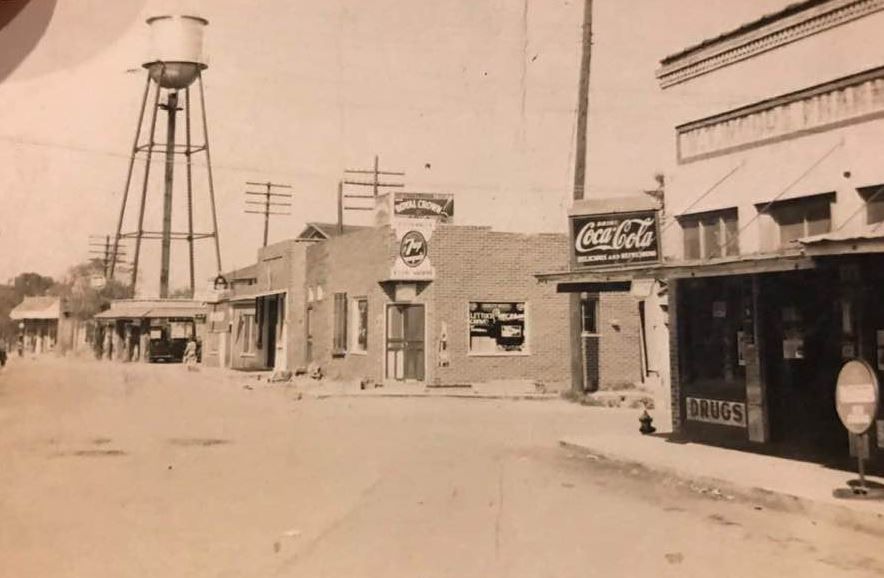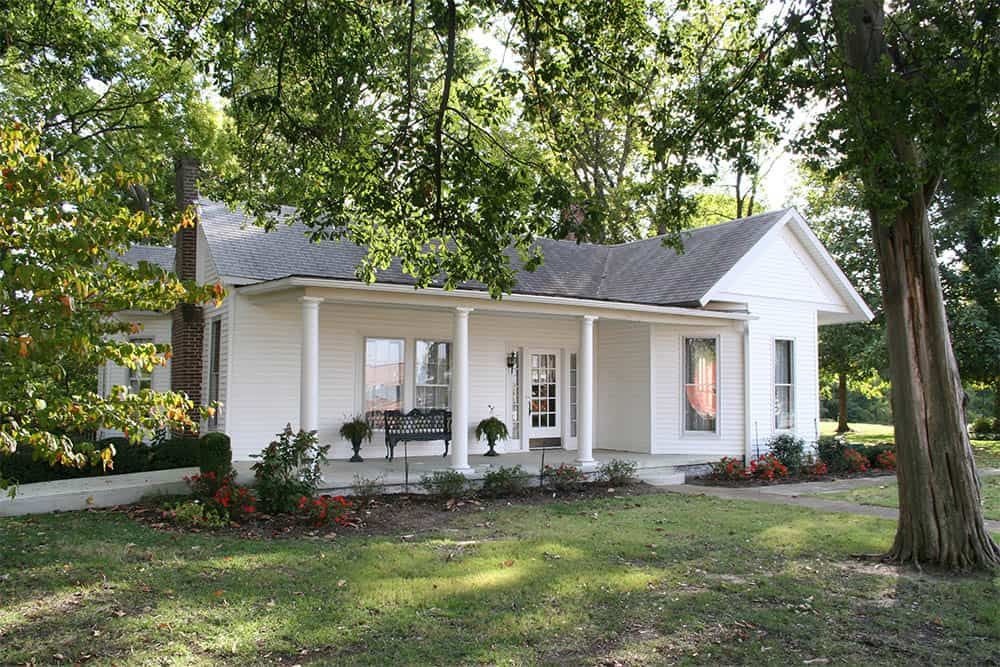Olive Branch History

From “Cowpens” to “Olive Branch”
The community of Olive Branch was formerly known as “Cowpens” and then “Watson’s Crossroads” near where several old Chickasaw Indian Trails crossed. When the first post office was established in 1846, Mrs. Frances Wilson Blocker–a descendant of one of the community’s founders–suggested the name Olive Branch. She felt the new name symbolized a dove bringing a branch to the seagoing Noah.
Among the earliest settlers in the Olive Branch area were Stephen Flinn and his wife’s brother-in-law, Milton Blocker. They purchased DeSoto County Sections 34 and 35 from Chickasaw Chief Lush-pun-tubby for $1,600. Blocker was probably responsible for the village’s first business, a mule-powered cotton gin. In 1840, Blocker traded his interest in Section 35 and $6,400 to Flinn for Flinn’s interest in Section 34. In 1847, Milton Blocker was traveling down the Mississippi River for a cotton-selling trip to New Orleans on the Steamboat, Medora, when the boiler exploded and he was killed.
In April of 1873 both Mississippi Houses of the Legislature passed an Act to Incorporate the Town of Olive Branch, and the Governor signed this Act. Mr. Ben F. Wesson was elected as its first Mayor, serving one term until 1877. He would later serve as the City’s Postmaster from 1880 until 1888.

Wesson House – Home of Our First Mayor
Ben F. Wesson was elected as Olive Branch’s first Mayor, serving only one term as Mayor until 1877. He would later serve as the City’s Postmaster from 1880 until 1888. His property was probably purchased or traded from Milton Blocker Jr. or from the Blocker estate. At that time Wesson built a mercantile store on the front of the site which fronted Pleasant Hill Road (now Goodman Road) and further back on the property, he built his house which we know today as The Wesson House. We believe the house was built in 1875.
The Wesson House and the store, which would stand until the middle of the 20th century, were passed down through the female side of the family through Bet Wesson, Maude Wesson, and finally to Martha Pearl Wesson who was married to Forrest “Red” Langston. Prior to Martha Pearl’s death on October 15th, 1987, she indicated to the Mayor of Olive Branch, Milton Nichols, that she would like to deed the Wesson House to the City of Olive Branch to be used as a museum. Following Martha Pearl’s death, her husband, “Red” Langston fulfilled her wishes and prepared his will leaving the house and property to the City. “Red” Langston died in 1991 and, upon probation of his will, the City took ownership of the Wesson House and property and began restoration and preservation efforts on the House which was in immediate need of repair.
The City made an application to the Mississippi Department of Archives and History for historical designation status for the House. It was determined, as a result of modifications made to the House, that it did not qualify for inclusion on the National Register of Historic Places; however, because of Ben Wesson’s importance as a historical figure in Olive Branch history, the house did qualify as a Dedicated Mississippi Landmark and that designation was granted.
The Wesson House is one of only three Dedicated Mississippi Landmarks in Desoto County–the other two being the DeSoto County Courthouse and the LaBauve House, both in Hernando. Click Here for More Information
 Job Listings
Job Listings
- An error has occurred, which probably means the feed is down. Try again later.
EAP Services Discounted to Members
More InformationSee what our members say
Karen R. Says ““If you are looking for a local Chamber that will help you promote your business and whose members will support you- the Olive Branch Chamber is the best one in the area!”
More Testimonials